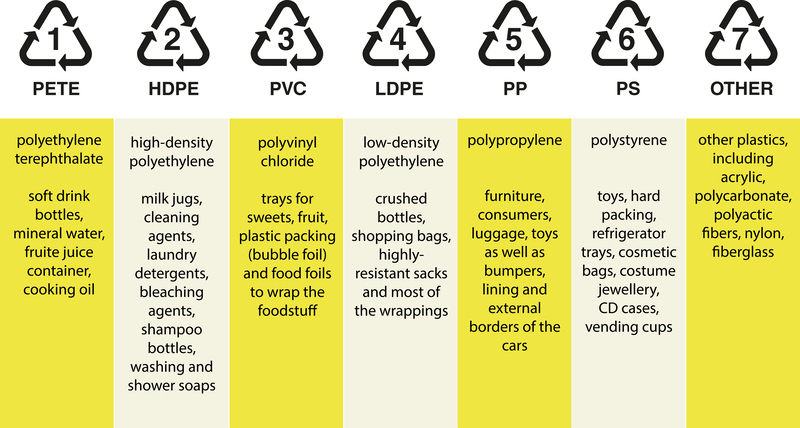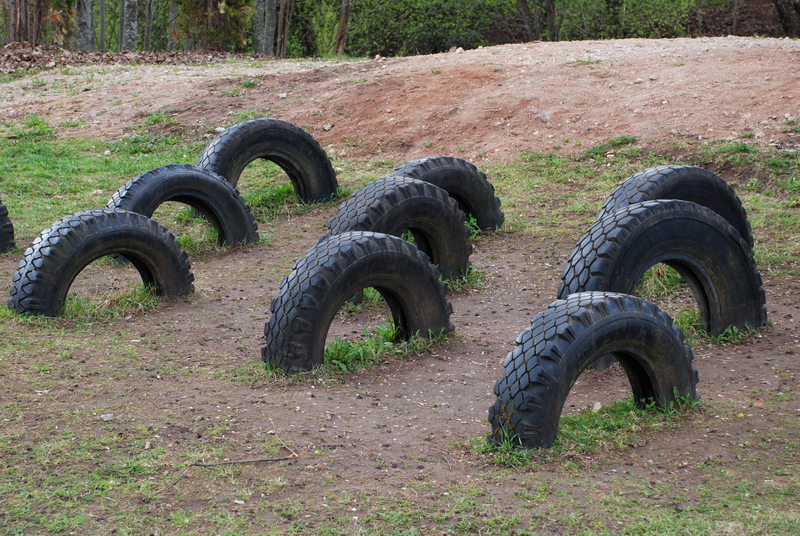Practical Tips for Hassle-Free Pot Disposal
Posted on 06/10/2025
Practical Tips for Hassle-Free Pot Disposal
Whether you're an avid gardener, houseplant enthusiast, or simply decluttering your home, dealing with unwanted or broken pots can be a challenge. Pot disposal isn't just about tossing old containers in the trash; it's about making responsible, environmentally-friendly choices. In this guide, you'll find comprehensive advice on how to get rid of different types of pots--ceramic, plastic, terracotta, and more--in the most practical and sustainable ways.
Why Proper Pot Disposal is Important
Disposing of pots improperly can have serious consequences for the environment. Many pots, especially those made from plastic or certain ceramics, can take hundreds of years to decompose in landfills. Furthermore, some may contain chemicals or glazes that leach into the soil and water systems. By following best practices for disposing of plant pots, you support sustainable gardening and help reduce unnecessary waste.

Understanding Different Types of Pots
- Plastic pots: Widely used due to their affordability and light weight, but not all plastics are easily recyclable.
- Ceramic pots: Attractive and durable, though often glazed with substances that complicate recycling.
- Terracotta pots: Porous and great for plant health, but can break easily and may not be accepted at all recycling facilities.
- Biodegradable pots: Made from materials like coconut coir, peat, or recycled paper--naturally break down over time.
Step-by-Step Guide to Hassle-Free Pot Disposal
1. Assess the Condition of Your Pots
Before deciding how to dispose of your pots, check if they're cracked, chipped, or still in good condition. Intact pots can often be reused or donated, while broken ones may need recycling or disposal.
2. Clean and Prepare Pots for Disposal or Reuse
Always clean pots before donating, recycling, or discarding them. Remove all soil and plant debris to prevent the spread of pests or diseases. For mineral or salt buildups, scrub with a vinegar solution or soak overnight.
- Remove labels, stickers, and residue as these can interfere with recycling processes.
- Let the pots dry completely before moving them for reuse or recycling.
3. Explore Eco-Friendly Pot Disposal Methods
- Reuse and Repurpose: The easiest way to reduce pot waste is to continue using pots in creative ways. Turn old pots into storage containers, garden borders, craft projects, or drainage-fill for larger planters.
- Donate to Community Gardens and Schools: Many community gardens, schools, or charity organizations gladly accept lightly used plant containers.
- Check for Pot Take-Back Programs at Garden Centers: Some local nurseries and big-box garden centers offer pot recycling or collection programs. These facilities can ensure pots are properly recycled or reused.
-
Recycle Plastic Pots Responsibly: Not all plastics are recyclable. Look for recycling symbols and numbers--most gardening pots are #2 (HDPE) or #5 (PP).
- Contact your municipal recycling center to confirm which types of pots are accepted.
- Some cities have specialized drop-off points just for plastic garden pots.
- Compost Biodegradable Pots: Peat, coir, and paper pots can often be placed directly into your compost heap, or sunk into garden beds where they decompose naturally.
- Ceramic & Terracotta Pot Disposal: Broken ceramics and terracotta generally cannot be recycled through curbside programs. However, they can be repurposed as drainage material for new plants or mosaic craft supplies.
4. Creative Upcycling Ideas for Old Pots
Rather than dispose of your pots, consider creative ways to upcycle them:
- Stack and paint old pots to create a unique garden sculpture.
- Break pots into shards for use as mulch or colorful pathway accents.
- Transform ceramic pots into bird feeders, candle holders, or decorative planters.
Recycling and Disposal Options for Common Pot Materials
Plastic Pot Disposal
How to Dispose of Plastic Flower Pots:
- Look for the recycling symbol on the bottom of the pot.
- If your city accepts #2 or #5 plastics, clean and separate pots from other recyclables.
- Contact local nurseries or chain stores about plastic pot recycling events.
- If considered single-use, ask about specialized recycling centers for horticultural plastics.
Ceramic and Terracotta Pot Disposal
How to Dispose of Ceramic Pots:
- Reuse as garden bed filler or art material.
- Donate unbroken pots to charities, schools, or community gardens.
- If unable to reuse or donate, broken ceramics may need to go to landfill, unless a local facility accepts them for aggregate or mosaic use.
Biodegradable and Compostable Pots
- Peat, coir, or paper pots may be composted at home or added to green waste bins.
- Avoid composting if the pot is coated or lined with plastic for extra durability.
Metal and Glass Pot Disposal
How to Dispose of Metal or Glass Plant Pots:
- Check with your local recycling program to see if metal or glass pots are accepted.
- Recycle where possible; otherwise, donate or upcycle for decorative use.
Common Mistakes to Avoid When Disposing of Pots
- Mixing pot materials: Don't mix ceramics with plastics or metals, as this can contaminate recycling streams.
- Ignoring recycling codes: Not all plastics are created equal. Always check symbols before recycling.
- Leaving soil or plant debris in pots: This can attract pests or hinder recycling.
- Throwing biodegradable pots with regular trash: Compost where possible, instead of sending to landfill.
Frequently Asked Questions About Pot Disposal
Can I put flower pots in my recycling bin?
It depends on your local recycling policy. Many curbside programs don't accept plastic plant pots due to soil residue and mixed plastic types. Always check with your municipal guidelines or use local drop-off programs for best results.
How can I dispose of broken terra cotta or ceramic pots?
Broken pieces can't be recycled curbside, but they can be *used in the garden* (as drainage or mulch), repurposed for crafts, or taken to specialized recycle centers that accept construction debris.
Are biodegradable pots better for the environment?
Yes! Biodegradable plant pots made from materials like peat, coconut coir, or recycled paper naturally decompose, reducing waste and returning nutrients to the soil.
What do I do with pots that are still in good condition?
Donate them to local community gardens, schools, neighbors, or post them on online marketplaces. Reusing is always better than throwing away.

Conclusion: Making Pot Disposal Easy and Sustainable
Hassle-free pot disposal is all about choosing practical and earth-friendly methods. By properly sorting, cleaning, and repurposing or recycling your unwanted pots, you can significantly reduce waste and help protect our environment. Remember to take advantage of local recycling programs, donation opportunities, and creative upcycling options.
Next time you find yourself with a pile of old plant containers or flower pots, refer to this guide and turn disposal into a sustainable, simple process. With just a bit of effort, you can make pot disposal not just hassle-free, but beneficial for your garden and the planet!
Key Takeaways for Simple Pot Disposal
- Clean and sort your pots before recycling, donating, or reusing.
- Reuse and donate whenever possible to extend pot life and reduce waste.
- Recycle responsibly and follow local guidelines for each material.
- Compost biodegradable pots to nourish your garden soil.
- Get creative with broken or unwanted pots through upcycling projects.
By following these practical tips for hassle-free pot disposal, you'll contribute to a greener, cleaner community--one pot at a time!




